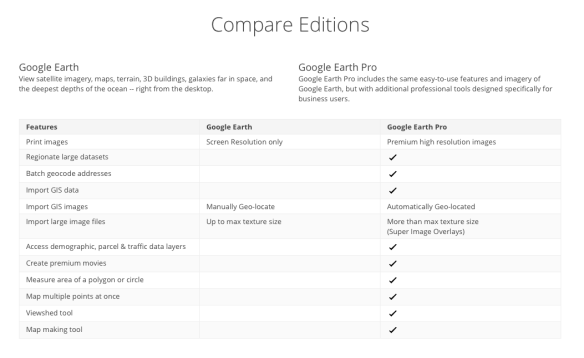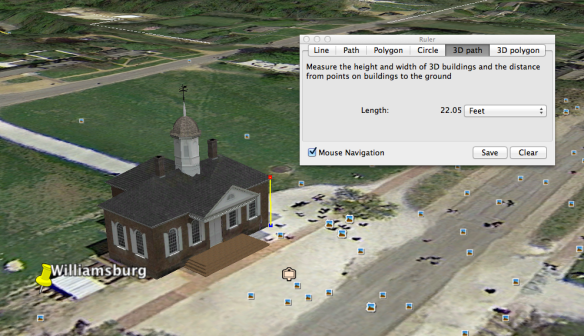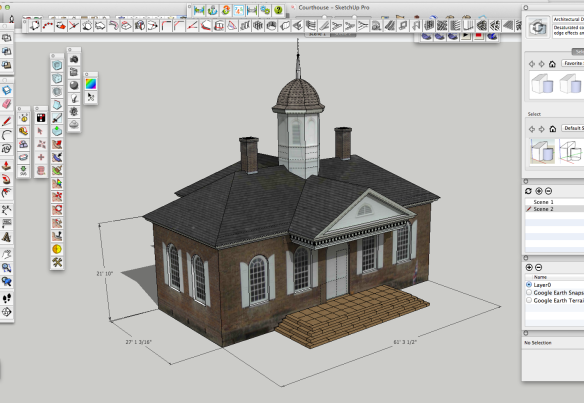
On Monday morning I, along with about 280 others, packed into the Boulder Theater in downtown Boulder, Colorado in the hope of finding answers. It was the first day of Sketchup Basecamp, a semi-annual event that attracts Sketchup users from around the world for a three-day conference that’s more like a cross between a family reunion and a college party than a traditional industry conference.
When it was announced on April 26 of this year that Google was planning to sell Sketchup, a lot of people ( myself included ) got more than a little nervous. Sketchup is the sole piece of software I use for modeling sets and creating working drawings. Since purchasing the program in 2006, Sketchup has become the most-used modeler in the world with it’s user base growing to over 30 million people. The program was obviously very successful, so why was Google selling it off when it normally doesn’t divest itself of products. The last time they had sold a product investment was in 2009. A Sketchup blog article by Product Manager John Baucus on the same day helped to allay fears but there were still a lot of unanswered questions and concerns.
Google had purchased Sketchup’s parent company, @Last Software in 2006 to provide content for Google Earth. The idea was to provide a free 3D modeling package that would allow people to create buildings for use in Google Earth. Even with a paid version of Google Earth it seems that Earth was never a profit generator for them and with the introduction of a new system which allows Google to now create models from auto-generated 3D mesh buildings from photo-grammatical data gathered from satellites and unmanned aircraft, it seems that they no longer saw a need for a 3D modeling program. There was speculation in the engineering industry that the company would be sold to Dassault Systemes, but when the announcement was made it was revealed that Sketchup would be purchased by Trimble Navigation.
Trimble Who?
So, who is Trimble Navigation and why did they buy Sketchup? It turns out Trimble is a billion dollar company located in Sunnyvale, California and is a leader in developing systems which use GPS technology for the surveying and construction industries. They have offices in over 30 countries and have over 1,800 patents relating to GPS systems. Sketchup is just just one of a number of acquisitions Trimble has made this year, including Tekla, a BIM modeling program from Europe. On Trimble’s website they describe the company as having integrated “a wide range of positioning technologies including GPS, laser, optical and inertial technologies with application software, wireless communications, and services to provide complete commercial solutions. Its integrated solutions allow customers to collect, manage and analyze complex information faster and easier, making them more productive, efficient and profitable.”
Far from dumping the software in a fire-sale, Google wanted to make sure Sketchup went to a good home. Google had a previous relationship with Trimble having used their GPS systems in developing Google Earth.
Trimble Vice President Bryn Fosburgh was there in Boulder at the opening session to explain how they saw Sketchup’s position in the company’s structure. Having established itself in the engineering and construction side of the industry, the acquisition of Sketchup is seen as a way of extending the firm’s footprint into the design phase of the industries as well. He said they saw the modeling company as becoming seamlessly integrated with the other companies’ software and hardware products and said his only surprise after the purchase was getting used to the unusual dog-rich environment of the Sketchup offices.
Users of their products like the Robotic Total Station will be able to bring the file from a Sketchup model of a house into the device and have it’s laser lay out the corners of the building with 1 centimeter accuracy.
More Tasty Sketchup Biscuits To Come
 A problem most companies have is learning when to leave acquisitions alone. Much like biscuits, where over-handling the mix leads to leaden, inedible lumps. Trimble seems to have a record for buying quality companies, integrating them into the family, and then leaving the work to the people that know best how to implement it.
A problem most companies have is learning when to leave acquisitions alone. Much like biscuits, where over-handling the mix leads to leaden, inedible lumps. Trimble seems to have a record for buying quality companies, integrating them into the family, and then leaving the work to the people that know best how to implement it.
Joined on stage by Sketchup Product Manager John Baucus, Product Evangelist Aidan Chopra and a number of others from the company, the group quickly explained the plans Trimble has set for the 3D modeler: the program is going to stay simple to use, and it’s going to get a lot more complex as well. The company sees Sketchup as a platform as well as an application.
Here’s the abbreviated breakdown:
– There will always be a free version of Sketchup available and the basic program will never be more complicated to learn.
-The Pro version will continue to be developed and you will see a continually greater difference between it’s abilities and those of the free version.
-They will continue to support 3rd party developers in creating compatible software and plugins to work within Sketchup. Over 45% of users have and use 3rd party plugins with Sketchup and they want to continue to support the creation of useful additions that they would never develop in-house, hoping that each industry will take the initiative in creating plugins for specific needs.
-They will continue to support “everyone else” as well. Since the program is used in so many varied industries and vocations, the company wants the software to be truly useful to anyone who uses it to create.
-They plan to continue to make the software run bigger and more complex models as fast as possible by any means they can.
-The company is ramping up their team size and is currently looking for new talent. Trimble is pumping a lot of money into the company, especially in Layout, their software for creating construction drawings from Sketchup models. They plan on continuing to improve the drawing program to equal any CAD package out there.
-Starting in 2013 with the release of the next version, the company will now go to annual updates instead of the random release dates we’ve become used to. Another sign that the software’s development is going to proceed at a much faster rate than it did at Google.
Also, there are plans to overhaul the 3D Warehouse. The Warehouse now contains over 2 million models with over 1000 new models added each week, many by major manufacturers. They plan to update it to make it easier to use and easier to find content.
And, it was announced that the company has developed an STL importer/exporter for creating model files for use in stereolithography and 3D printing. Now that companies like Makerbot have made desk-top 3D printers available in the $2000 range, 3D printing may soon become as common as paper printers.
They have licensed STL plugin code from three outside developers, streamlined it and offer it as a free plugin. You can download it here.
All in all, the switch to Trimble ownership looks like a much better fit than it did with Google. Although as John Baucus will say, plenty of good things came from the Google purchase. It was at Google that the free version of the software was launched and the 3D Warehouse came into being. And, kudos to Google for making sure the company went to a good new home and wasn’t just cut loose.
I don’t think I’m alone in saying that I left the conference relieved. It looks like Sketchup has a very long and productive future ahead. Aidan Chopra joked at the opening session, “Sketchup 17 is going to be awesome!”













